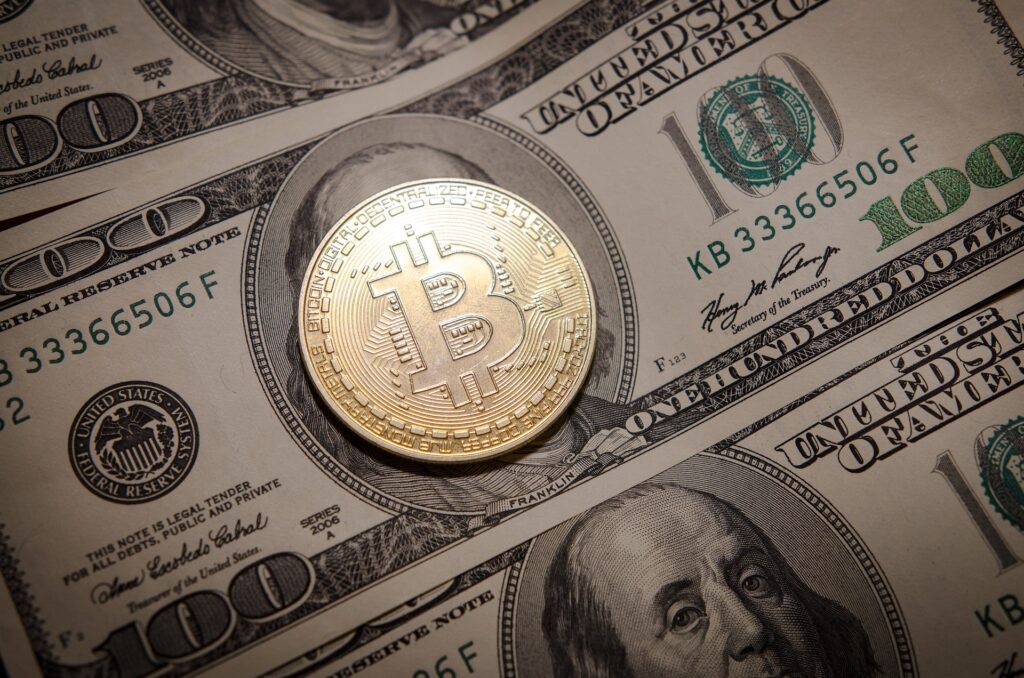Information about cryptocurrencies is about as volatile as its valuing. It has experienced waves of popularity that have left many of us feeling sea sick, looking up the beach to surfer cryptobros who seem to have it all figured out.
So, once and for all let’s catch the wave, learn about the shark-filled sea of crypto currencies and understand the value of crypto.
Crypto currency is a digital currency – you can think of it as the money exchanged in a virtual world. Its value is supported by cryptographic systems instead of a physical commodity (like trading with gold during the age of the gold standard) or having been issued by the government (like fiat money we currently use). The differences in the support is where the differences stop. How we encounter these currencies in the economy is surprisingly similar.
In all currencies, its purpose is to store value. The money we use day-to-day at Jeannie Bird or at the corner store is valuable because it has been declared to have a value by the government. This virtual currency is valuable because of its increasing demand and restricted supply; it is essentially being declared to have value by the people who value it. Currency acquires its value because someone has found value in it.
Initially, the value of currencies came from physical properties inherent to its existence. For example, the value of gold came from its extraction cost and luster – things we place value in as our time and appreciation, respectively. Today’s modern government-issued money is aligned with Scottish economist John Law: currency “is not the value for which goods are exchanged, but the value by which they are exchanged.” Although our early money was initially tied to the gold standard, and some notes are still representative of amounts of a commodity, the value of currency – both physical and digital – is measured by its demand and how it stimulates trade and business.
There have been many attempts to introduce currencies to economies – new fish to the sea if you will – and some of them fail. Crypto is attempting to be one that succeeds by taking a new approach based on properties of mathematics rather than physical properties or central authorities.
This comes with its own challenges as it’s easier to recognize the value of gold extraction or respect the declaration of the government. Crypto does not have an obvious cost of production or scarcity because it exists digitally. Those who believe crypto is worthless is because they do not believe digital traces hold value.
In its pursuit to prove itself, crypto is often compared against the six key attributes for useful currencies: scarcity, divisibility, acceptability, portability, durability and uniformity. These qualities ensure a currency has use in an economy and is safe to use. When held up against these traits of money, crypto scores high.
:max_bytes(150000):strip_icc():format(webp)/dotdash_Final_Why_Do_Bitcoins_Have_Value_Apr_2020-01-f01e40e5ec7642d782ffddca3614bb20.jpg)
Despite having money-like features, economists and regulators are not uniformly convinced crypto acts of money because so few transactions are conducted using it.
The sink or swim of crypto as a currency sits in how it works as a medium of exchange. As it becomes more mainstream – maybe as people read awesome tech council blogs like this and choose to invest – it may be able to maintain status as value storage.







